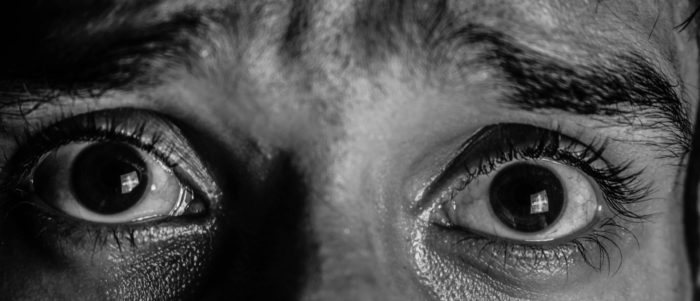Originally published in The Hill
By Jason Perry
The first time I held a training session on active shooters, people were crying and walking out of the room within the first five minutes. I thought my job was to remind people of the terror inherent in a terrifying situation. As it turns out, no one needed that reminder.
Every new school shooting provides it instead. Yet within those schools we continue to apply a “one size fits all” approach. The result is a population of administrators, staff and students that are as ill-prepared as they are terrified, an approach that does nothing to empower them to deal with these situations in ways that can actually help save lives.
Too many schools choose training programs that rely on fear first. For the most recent horrifying example, look no further than the Indiana elementary school where an instructor herded teachers into a room and shot them, execution style, with air-soft guns, causing welts, bleeding and untold, unnecessary trauma.
Not only were these methods ineffective, they likely didn’t prepare those teachers to absorb new information — what little science we do have on the subject suggests active shooter drills are wildly ineffective. Which is doubly important since the information provided could save the lives of those teachers, or the lives of their students.
It’s not entirely the school’s fault, however. Because the first problem with active shooter training in schools is that no one is really doing anything to vet the trainers themselves.
There are no prerequisites required to offer school or workplace violence training as a service. You don’t have to have any special training or background — trainers might be former military or police, or they could just be amateur enthusiasts.
The path of least resistance is unfortunately the one most often selected by schools, often because of budget constraints. It might consist of low to no cost training comprised of no more than a short video, or tapping the local police to provide free training, as the school in Indiana did when it used the area sheriff’s office. And while police officers are critical community resources, it’s important to understand that they are not specialists.
We should treat active shooter trainers the same way we do doctors — you want a specialist, not a generalist. And since there are no licensing requirements and no one else doing oversight, unfortunately every school and school district is on its own when it comes to vetting.
What those schools should be after is something beyond just an impressive resume. Most important are testimonials that describe trainers with something you wouldn’t first associate with law enforcement or ex-military: emotional intelligence.
Instructors, especially those working inside schools, must be willing to take time to build a relationship with an audience. To use relatability more than just their resume
Again, no one needs to be reminded of the terror created by an active shooter. Even though it’s an extremely rare event, it’s still troubling to even consider the possibility. And when emotions run high, it’s hard to process information, let alone remember it.
Which makes it all the more important that any school administrators looking to prepare their staff focus on trainers who offer rehearsals, rather than drills.
As I learned the hard way, public shootings are traumatizing even for those who have only just heard about them on the evening news.
Now imagine a teenager going through an unannounced lockdown drill. Chances are, they’ll react as if it’s real; some kids have even texted loved ones goodbye messages.
It can be a terrifying experience creating lasting trauma. In fact, guidance from the National Association of School Psychologists and the National Association of School Resource Officers suggests staff and students have access to mental health support following lockdowns. An event which the Washington Post reports affected “more than 4.1 million students in the 2017-2018 school year alone.”
Rehearsals offer a practical contrast. They provide an emotionally intelligent way to facilitate the kind of training that teachers need.
The key difference between a drill and a rehearsal is that there is no pressure. During a rehearsal you talk about things as long as you need to, walk through scenarios instead of running out of the building or huddling together with the lights off. It’s the difference between having a conversation with someone versus getting yelled at by that same person.
The problem of course is that fear has been and always will be, easier — and cheaper.
A short video, a lockdown drill guide downloaded online, or a free hour from local law enforcement sounds like a lot less work than investing in empathy and trust.
Emotional intelligence requires time and patience. Sessions simply take longer, but longer term they are far more effective, to say nothing of the fact that they’re also less traumatic and less likely to end in headlines that shock readers throughout the country.
Participants not only find themselves more empowered to deal with workplace violence, but with other situations, too. They have the ability to create bonds which may strengthen workplace relationships. What’s more, teachers and staff often bring the training home to their loved ones to make them safer too.
Maybe that heightened awareness isn’t something every American wants to have. But if it’s going to be something we ingrain in every part of our society, even our schools, there needs to be a way to provide it without causing even more harm.
Jason Perry is a former Navy SEAL, Boston SWAT officer, executive protection specialist, advanced combat medic/paramedic and team trainer with nearly 26 years of experience. He is the CEO of Trident Shield, a strategic partner ofEagle Security Group.

